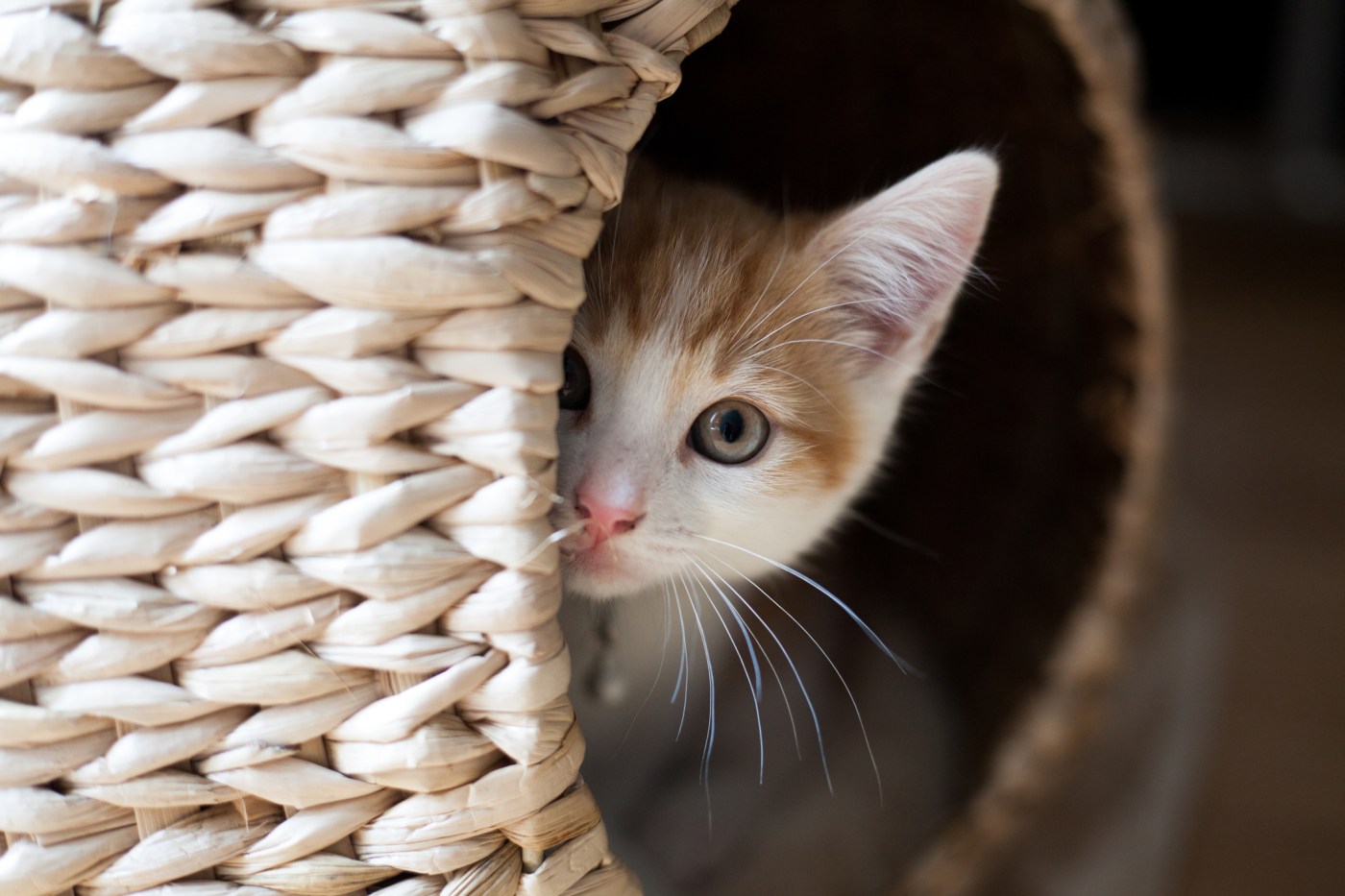DEAR JOAN: I’ve been meaning to write to you for some time with these questions. I wonder why our pets, dogs and cats will eat dry food, when they are carnivores (or at least omnivores). Have we domesticated them so much that they’ll eat whatever we offer them?
Also, when I hear that people take their animals to a vet for just about any reason, I’m very surprised that they are treated better than their children or themselves. I’ve had “Bizzy,” an orange tabby, for 10 years, adopted from San Jose Animal Shelter, and she hasn’t seen a vet since her adoption at 8 weeks. It would stress her out and she hasn’t been sick.
— Marcia Citta, Saratoga
DEAR MARCIA: The fact that Bizzy hasn’t been to the vet in 10 years is stressing me out. I’m glad she hasn’t been sick enough to warrant a trip to the vet, but just like humans need an occasional wellness check-up, so do our pets. Catching illnesses in the early stages means pets can be treated and likely cured before the sickness advances too far.
Are trips to the vet stressful and expensive? Yes. Are they needed? I say most definitely. At the very least, Bizzy needs to update her rabies vaccination. You’re always free to decline other tests and treatments, but a yearly trip to the vet is important, especially as a pet ages.
As for the food, many pet lovers who’ve stood by a bowl of expensive food imploring their animal to eat will tell you that most pets aren’t eating just anything we give them. Their diets have evolved over the centuries, and although you won’t find kibble in the wild, dry foods can be rich in protein and have nutritional value.
There is some evidence that animals enjoy the crunch of dry food and that chewing can improve dental hygiene.
DEAR JOAN: I have had my 6½-year-old cat for 1½ years. He is a neutered tom who has never been outside, other than my second-story deck. He is bad about nibbling house plants, but ignores the pots of grass sold at pet stores.
We are moving soon to a much smaller one-story residence with a fenced outdoor patio. The patio has nice landscaping consisting of camellias, azaleas and a small Japanese maple. Do you have any suggestions as to how I can prevent him from munching on my lovely landscaping?
Related Articles
Meet Jasiri, the Oakland Zoo’s new baby baboon
How to motivate your lazy dog to get more exercise
You might spot a mountain lion in Northern California, but attacks like the one that killed a man are rare
Millions of bizarre, blue sea creatures wash up on Northern California shores
Is my cat’s preference for drinking from a cup just a ‘cat thing?’
— Nina, Half Moon Bay
DEAR NINA: Your cat will be better off if you don’t allow him onto the patio without a harness and supervision. A fenced patio won’t keep your cat inside, or other animals outside.
The more immediate danger is the azaleas, which are toxic to cats. Many cats can live with azaleas, but for cats with a habit of nibbling, the plants could cause harm.
Cats tend to nibble on plants because of boredom or because they like the taste or texture. Mixing orange or lemon peels in the soil can be a deterrent, as most cats don’t like the scent of citrus.
I’d suggest creating an interactive playground inside your home, giving your cat a view of the outdoors and toys to stimulate his senses, but keeping him safe inside. You might also try growing a pot of catnip.
Animal Life runs on Mondays. Reach Joan Morris at AskJoanMorris@gmail.com.












